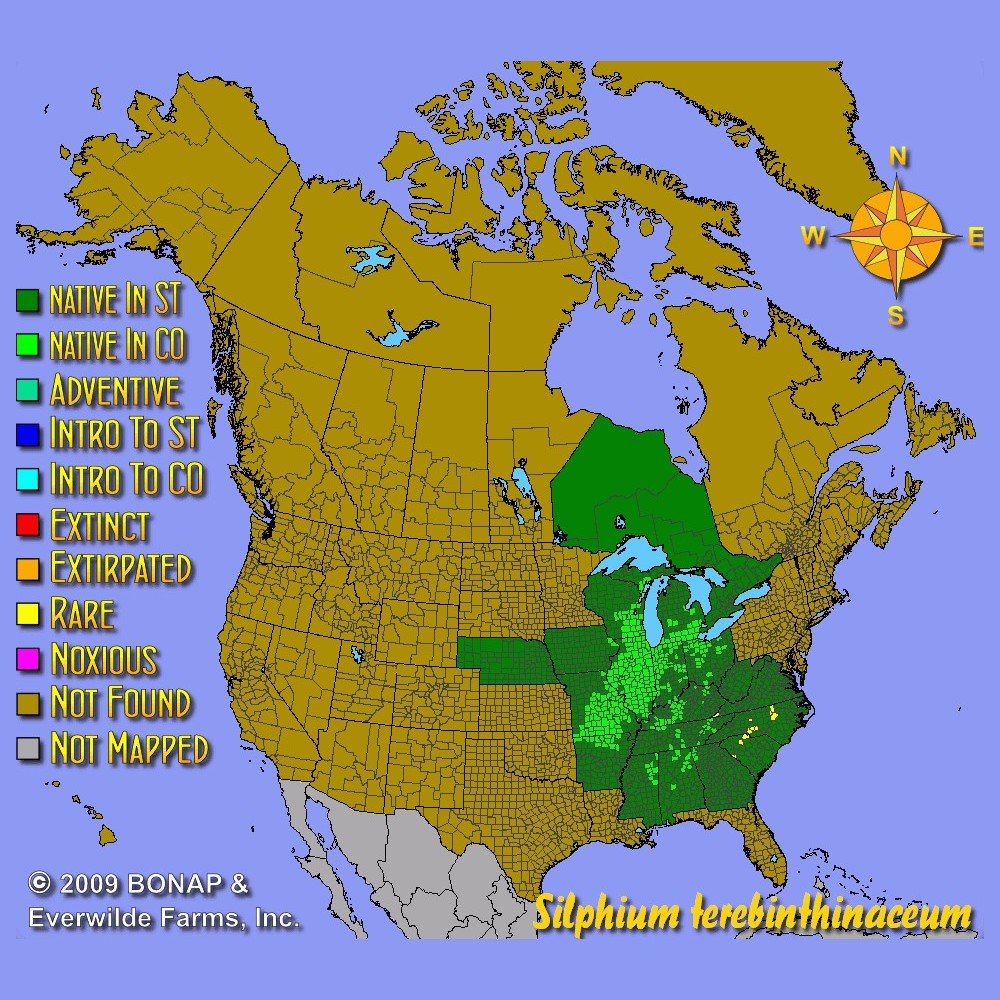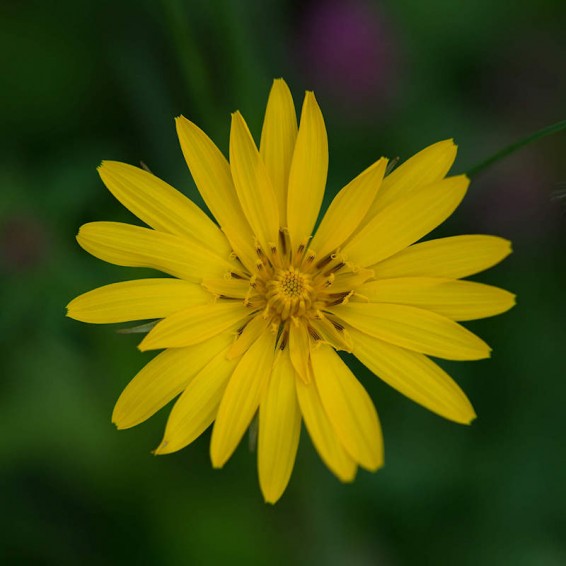Prairie Dock Seeds
- HOW TO GROW
- FAST FACTS
- REVIEWS
HOW TO GROW
Sowing: Direct sow in late fall, pressing into the surface of the soil. For spring planting, mix the prairie dock seeds with moist sand and store them in the refrigerator for 60 days before planting. Keep the soil consistently moist until germination.
Growing: Water seedlings occasionally until they become established. Mature plants prefer slightly dry soil and tolerate drought, in addition to growing well in clay or sandy soils. This plant attracts bees, butterflies, and birds.
Harvesting: For cut prairie dock flowers, choose stems with flowers that have just opened. Strip the foliage that will fall below the water level, and place in water immediately.
Seed Saving: After the flower petals fall from the head, the center cone will begin to develop seed. Remove the seed heads as soon as the stem beneath the cone begins to turn dry and brown. Spread the seed heads out to dry away from direct sunlight, then separate the small seeds from the stems by rubbing them lightly. Store the cleaned Silphium Terebinthinaceum seed in a dry, cool place.
FAST FACTS
Common Names: Prairie Rosinweed
Latin Name: Silphium terebinthinaceum
Species Origin: US Native Wildflower
Type: Native Wildflowers
Life Cycle: Perennial
USDA Zones: 4, 5, 6, 7, 8
US Regions: Midwest, Southeast
Seeds per Ounce: 1,600
Stratification: Cold/Wet for 8 Weeks
Germination Ease: Stratify 8 Weeks
Sunlight: Full Sun, Part Sun
Height: 100 Inches
Color: Yellow
Bloom Season: Blooms Late Summer, Blooms Early Fall
Uses: Attracts Pollinators, Attracts Butterflies, Cut Flowers, Deer Resistant
Seed
Can't wait to get these seeds in some dirt!
DESCRIPTION

HOW TO GROW
Sowing: Direct sow in late fall, pressing into the surface of the soil. For spring planting, mix the prairie dock seeds with moist sand and store them in the refrigerator for 60 days before planting. Keep the soil consistently moist until germination.
Growing: Water seedlings occasionally until they become established. Mature plants prefer slightly dry soil and tolerate drought, in addition to growing well in clay or sandy soils. This plant attracts bees, butterflies, and birds.
Harvesting: For cut prairie dock flowers, choose stems with flowers that have just opened. Strip the foliage that will fall below the water level, and place in water immediately.
Seed Saving: After the flower petals fall from the head, the center cone will begin to develop seed. Remove the seed heads as soon as the stem beneath the cone begins to turn dry and brown. Spread the seed heads out to dry away from direct sunlight, then separate the small seeds from the stems by rubbing them lightly. Store the cleaned Silphium Terebinthinaceum seed in a dry, cool place.
FAST FACTS
Common Names: Prairie Rosinweed
Latin Name: Silphium terebinthinaceum
Species Origin: US Native Wildflower
Type: Native Wildflowers
Life Cycle: Perennial
USDA Zones: 4, 5, 6, 7, 8
US Regions: Midwest, Southeast
Seeds per Ounce: 1,600
Stratification: Cold/Wet for 8 Weeks
Germination Ease: Stratify 8 Weeks
Sunlight: Full Sun, Part Sun
Height: 100 Inches
Color: Yellow
Bloom Season: Blooms Late Summer, Blooms Early Fall
Uses: Attracts Pollinators, Attracts Butterflies, Cut Flowers, Deer Resistant
Reviews
Review
Seed
Can't wait to get these seeds in some dirt!





